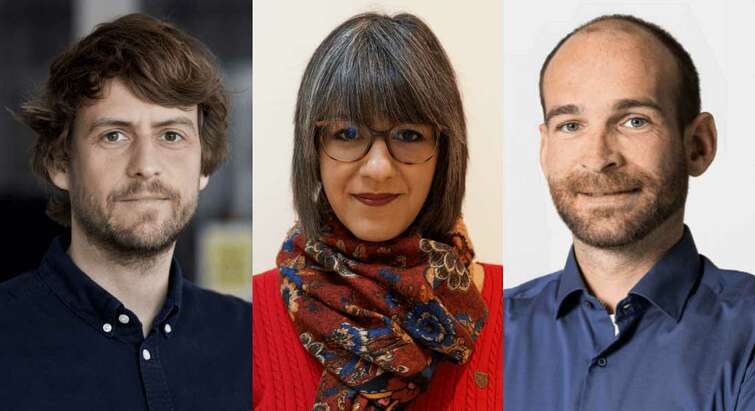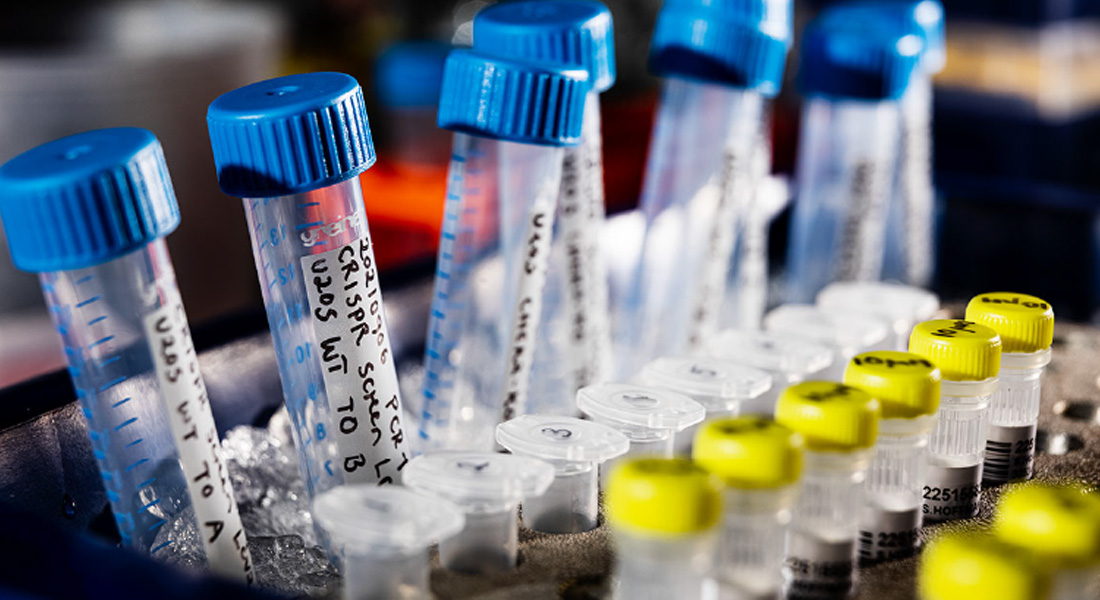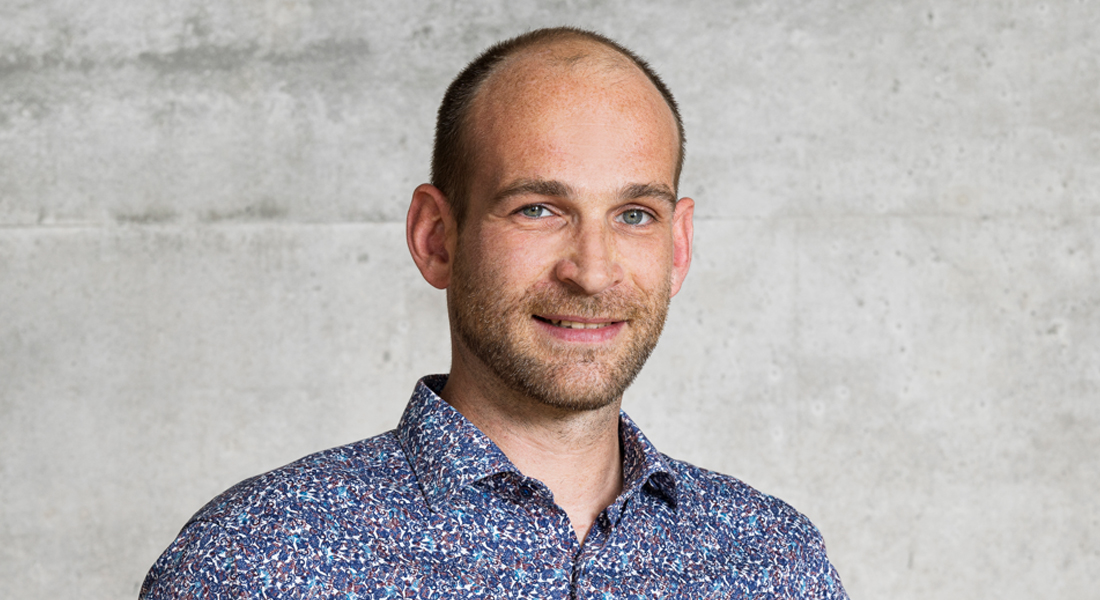
Structure and Function of the 3D Genome in the Krietenstein Group
The Krietenstein Group uses sequencing technologies to study the dynamics of 3-dimensional chromatin organization in various biological systems with increasing complexity, ranging from a “simpler” organization in yeast to more complex mammalian cells.

We are interested in how genomes are regulated by the 3D conformation of chromosomes. We use the high-resolution sequencing technology Micro-C to measure 3D chromatin interactions and to understand how cell-type-specific transcriptional programs are established and maintained.
“Micro-C is a derivate of the widely used Hi-C technology. Micro-C measures chromosome conformation with nucleosome resolution on a genome-wide scale. We will leverage the advantages of Micro-C to study dynamics of nuclear organization from its fundamental unit, the nucleosome, onwards.” Says Nils Krietenstein.
Micro-C is one of the recent technological advances that allow us to resolve genome-wide chromosome interactions with unprecedented resolution. The Krietenstein lab will continue to contribute to the global efforts to understand the regulatory role of the 3D genome in cell-state manifestation.
Biochemical dissection of genome-wide nucleosome positioning mechanisms by in vitro reconstitutions.
Eukaryotic genomes are compacted into chromatin to fit into the nucleus. The basic unit of compaction is the nucleosome, where about 147 bp of DNA are tightly wrapped around an octameric complex of four histone proteins. Nucleosomal DNA is less accessible for many DNA binding factors. Therefore, how nucleosomes are moved and positioned along the 1D genome is fundamental to understand genome regulation and transcription. In cells, nucleosomes are positioned by sophisticated machines called chromatin remodelers. In vivo, these remodelers are notoriously difficult to study because they are either essential or have redundant functions. To investigate how nucleosomes are positioned, we biochemically reconstituted physiological nucleosome positioning genome-wide at transcription start sites with purified factors. We could leverage the full potential of biochemical reconstitution experiments – combining factors with different and specific nucleosome remodeling activities – to dissect the stepwise process leading to the characteristic chromatin organization at gene promoters.
Krietenstein N*, Wal M* et al., Cell, 2016, Oberbeckmann E*, Krietenstein N* et al., Nature Communication, 2021
The 3-dimensional organization of mammalian genomes with nucleosome resolution
Over the past years it became clear that the 3-dimensional organization of genomes is important for regulation. Technological developments, in particular Hi-C, revolutionized our understanding of nuclear organization. The advancement of mammalian Micro-C allowed us to measure 3D genome organization of various human cell-types with nucleosome resolution. Micro-C offers an improved signal-to-noise ratio that permitted increased detection of chromosome loops. Interestingly, Micro-C chromosome interaction maps are enriched for enhancer-promoter interactions compared to other techniques, demonstrating that Micro-C is the method of choice to study regulatory shortrange interactions.
Krietenstein N et al., Molecular Cell, 2020, Oksuz B, et al. Nature Methods, 2021
Krietenstein group news
Staff list
| Name | Title | Phone | |
|---|---|---|---|
| Nils Krietenstein | Associate Professor, Group Leader | +4535324282 |




